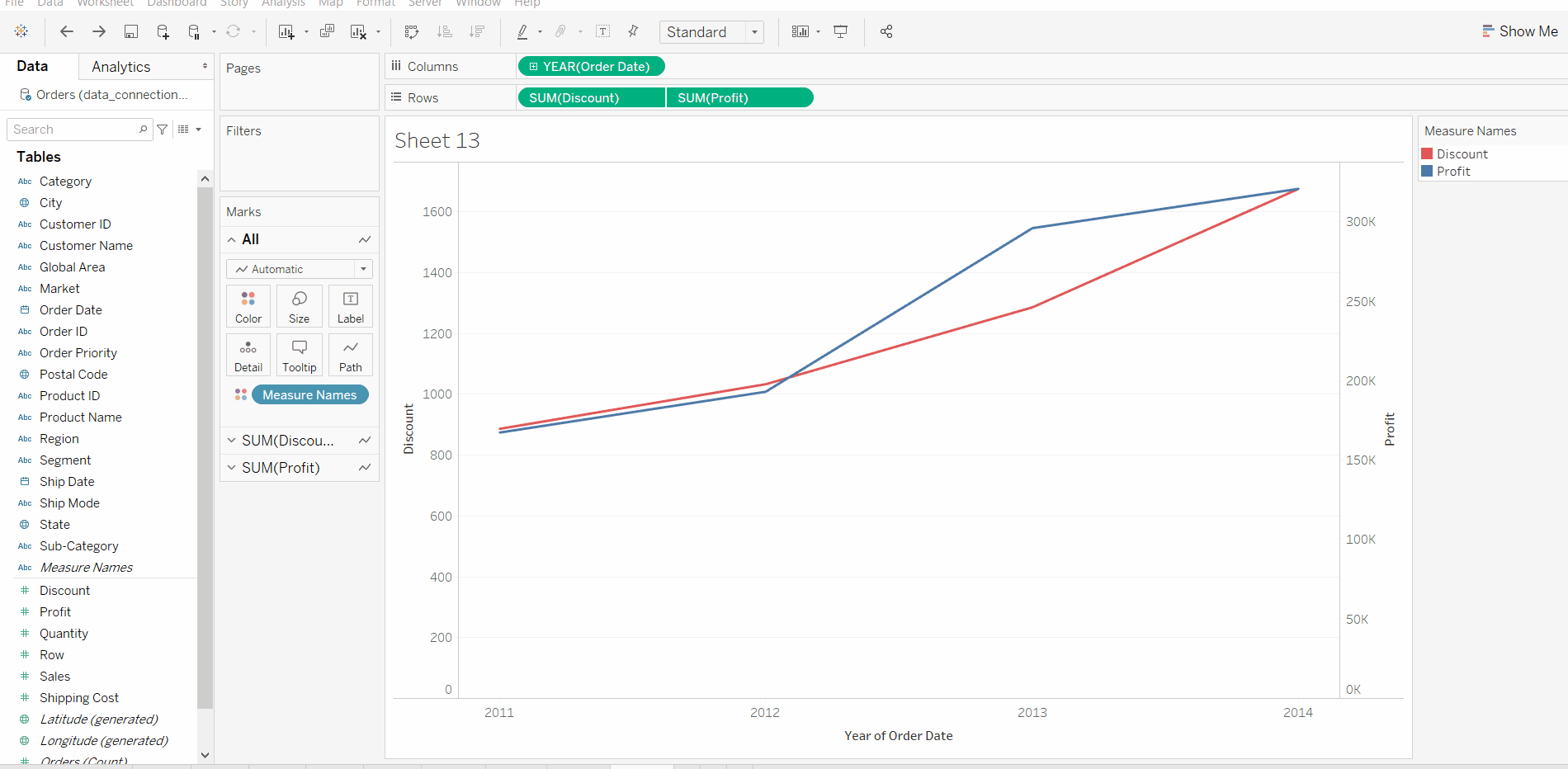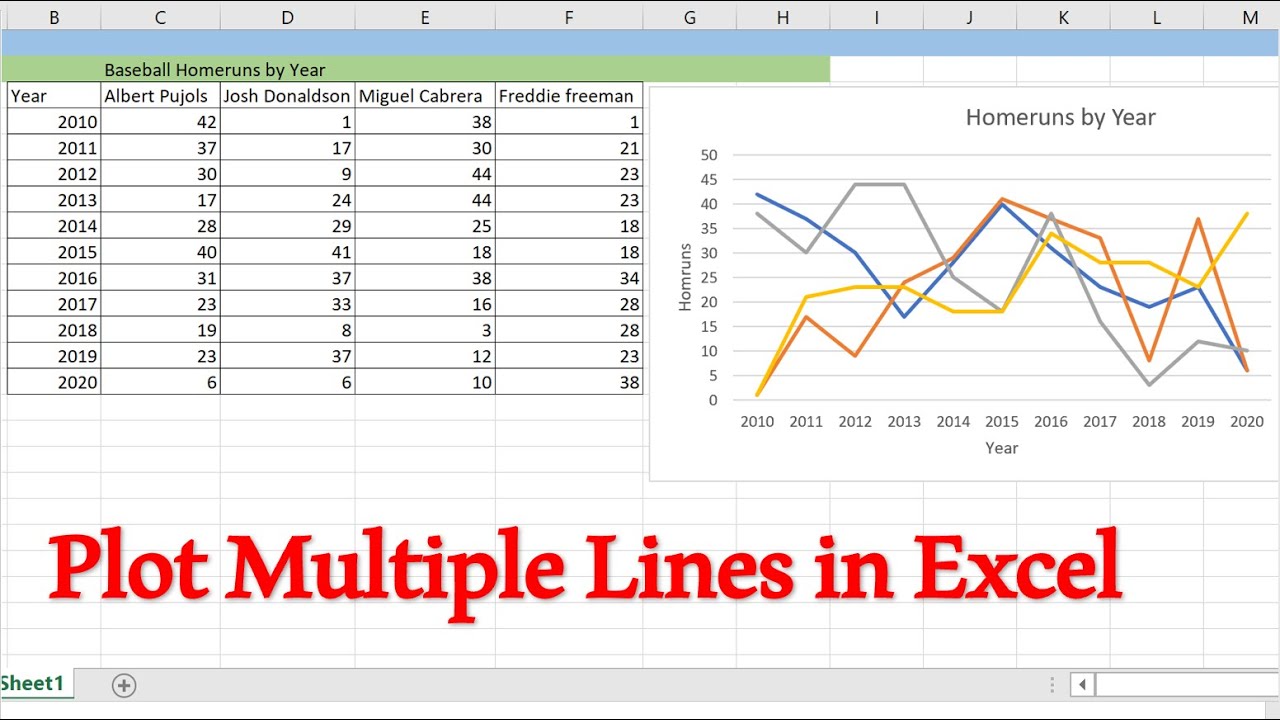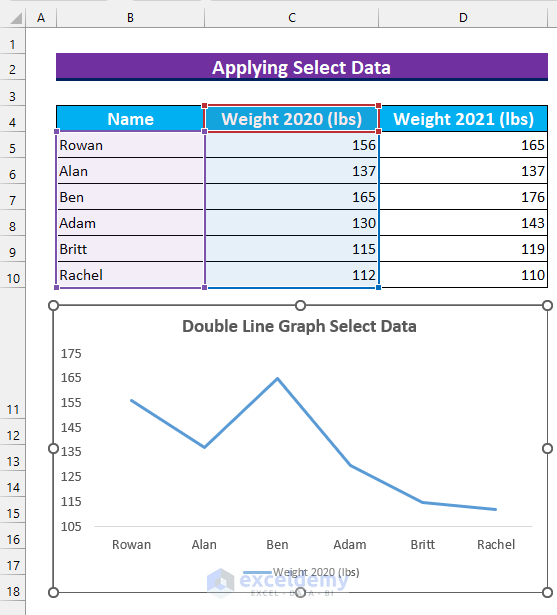Out Of This World Info About How To Create A Double Line Graph Plot Type Python
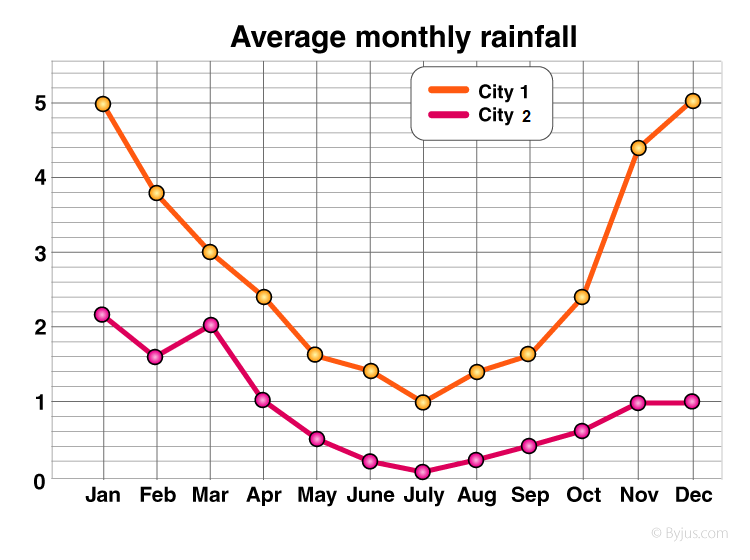
Choose the line chart type.
How to create a double line graph. Customize line graph according to your choice. Write the information in a table, with a row for x and two rows for y. Smooth angles of the line chart.
Then he shows you how to copy the graph into goo. Change a line color and appearance. How to construct a double line graph.
This article covers how to make a line graph in excel with two sets of data. Unlike other excel functions, there are no keyboard shortcuts to make a line graph with two data sets. How to create a line graph in excel.
How to make a double line graph in excel. Follow these steps to create a double line graph: We have primary and secondary y axes, but only the primary x axis.
Start your panel chart by making a line chart with the data. I will also show you some tips on how to customize the graph by adding titles, legends and other. You can use the chart to display the trends and patterns of key variables in your data.
Build a unique dataset for practice and you are ready. How to make a line graph in excel with two sets of data at once. Click the bar graph icon in the format data series window.
Make charts and dashboards online from csv or excel data. If you have one or multiple dataset, you can easily make a double line graph in excel. Create a line graph for free with easy to use tools and download the line graph as jpg or png file.
Create a graph. Only if you have numeric labels, empty cell a1 before you create the line chart. Api clients for r and python.
This tutorial guides you through creating these insightful visual tools quickly and efficiently. Linear functions (i.e., y=mx+b) are more for algebraic reasoning. In the chart editor window that appears on the right side of the screen, click the dropdown arrow under chart type and click on line chart.
Go to the insert tab on the excel ribbon. Create interactive d3.js charts, reports, and dashboards online. Double line graph in microsoft excel offers a dynamic way to compare and contrast two datasets on the same chart, making it simpler to identify trends and correlations over time.
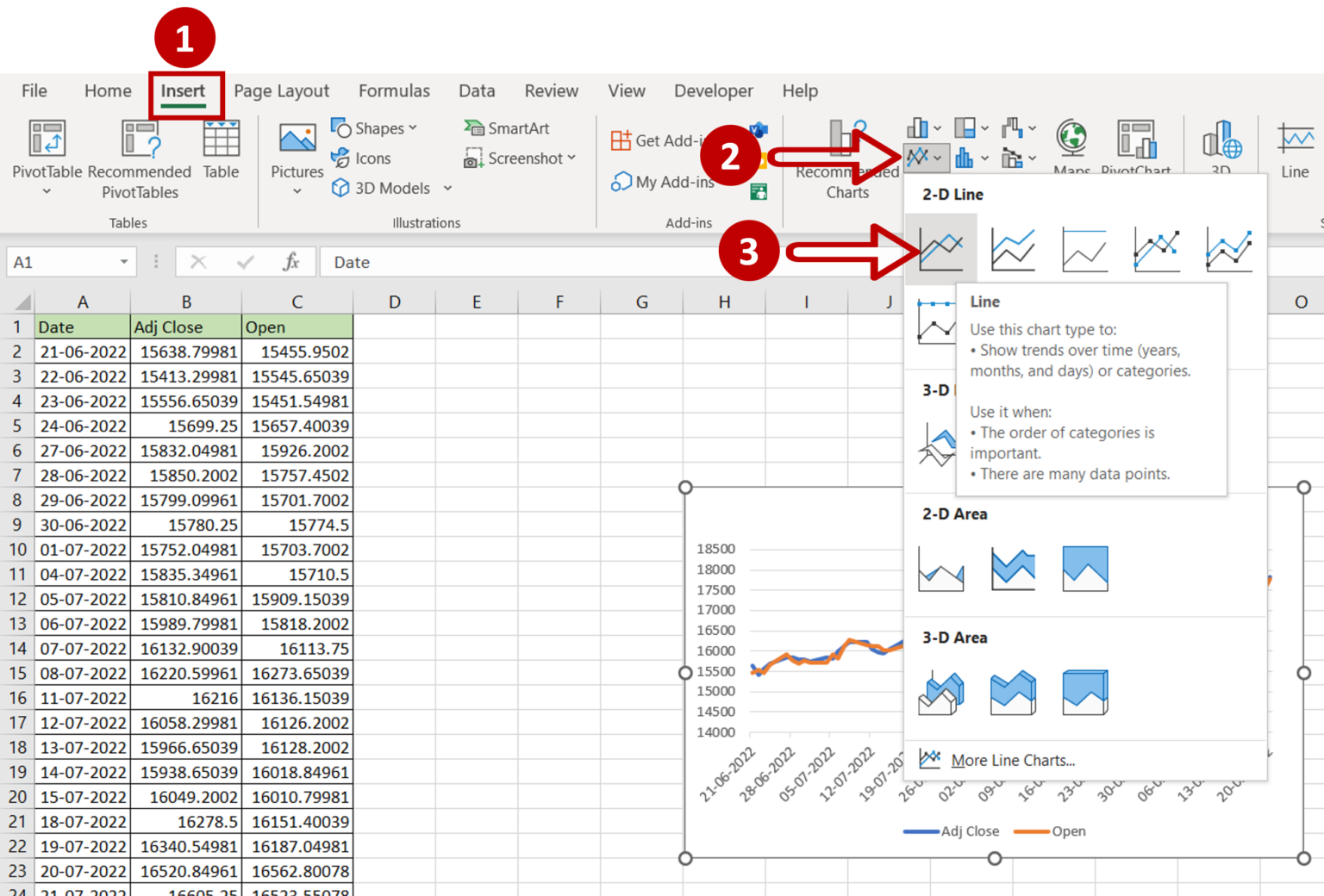
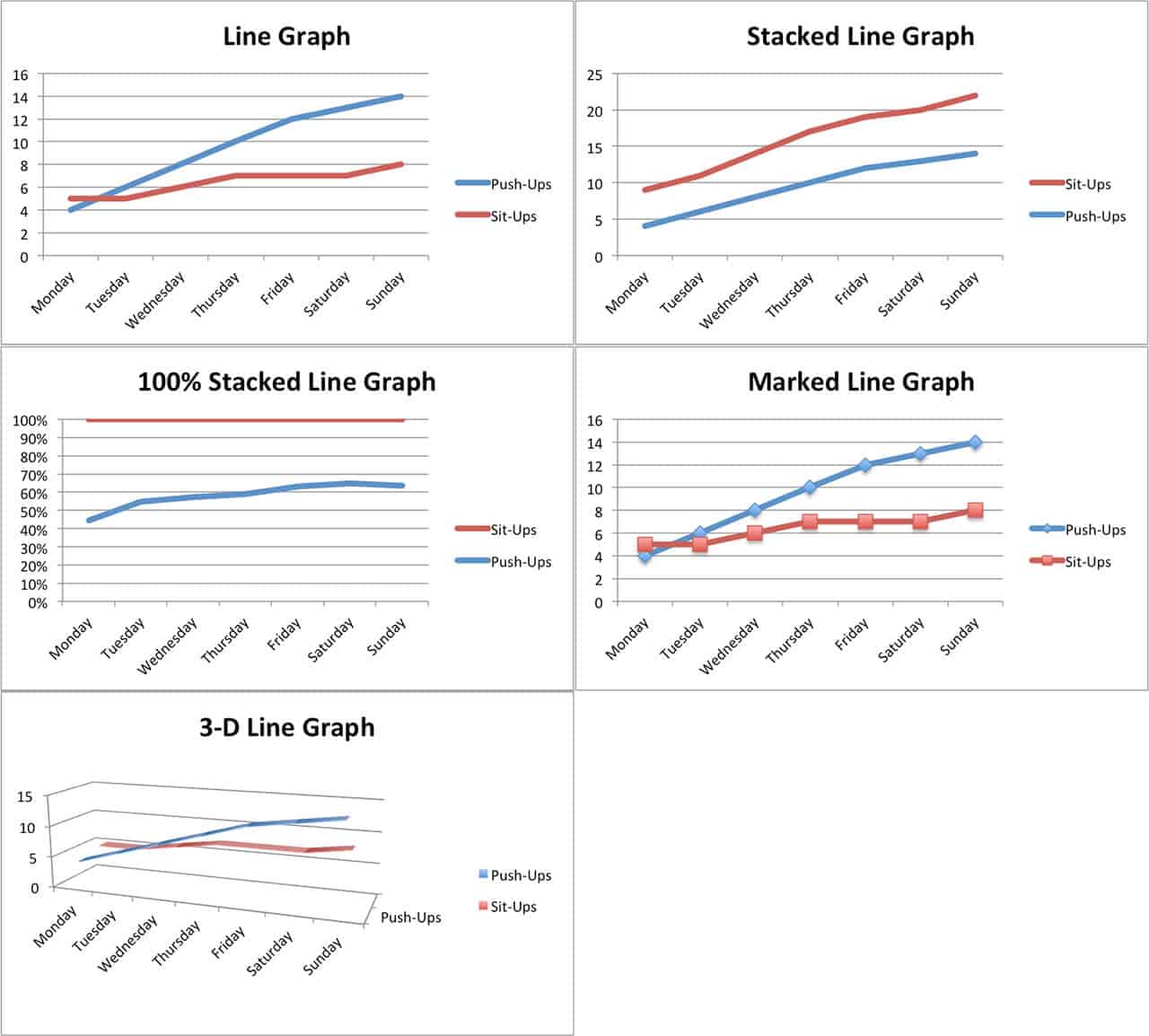




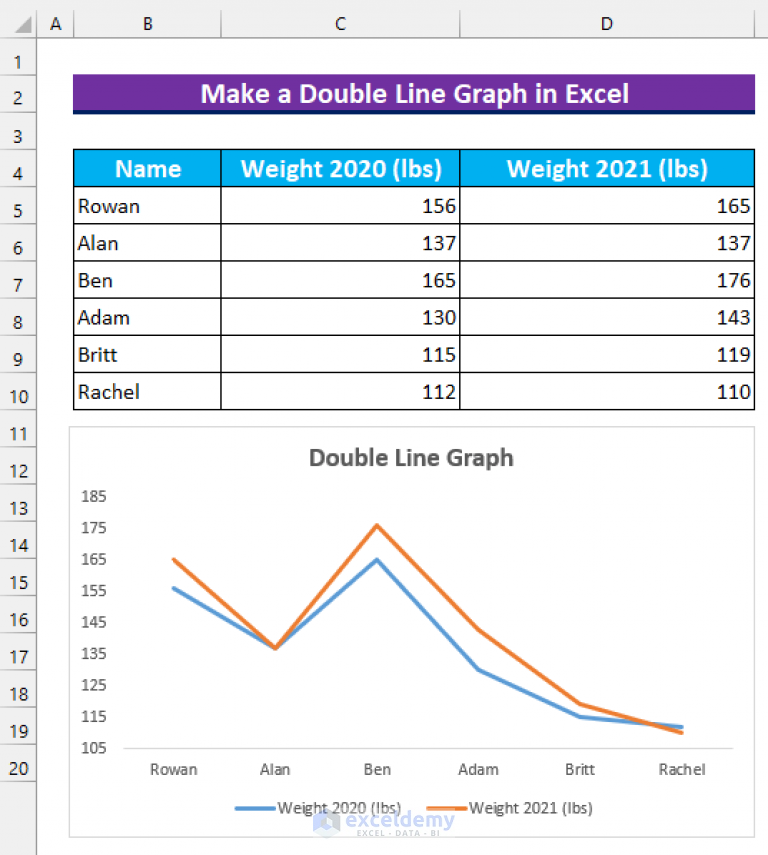


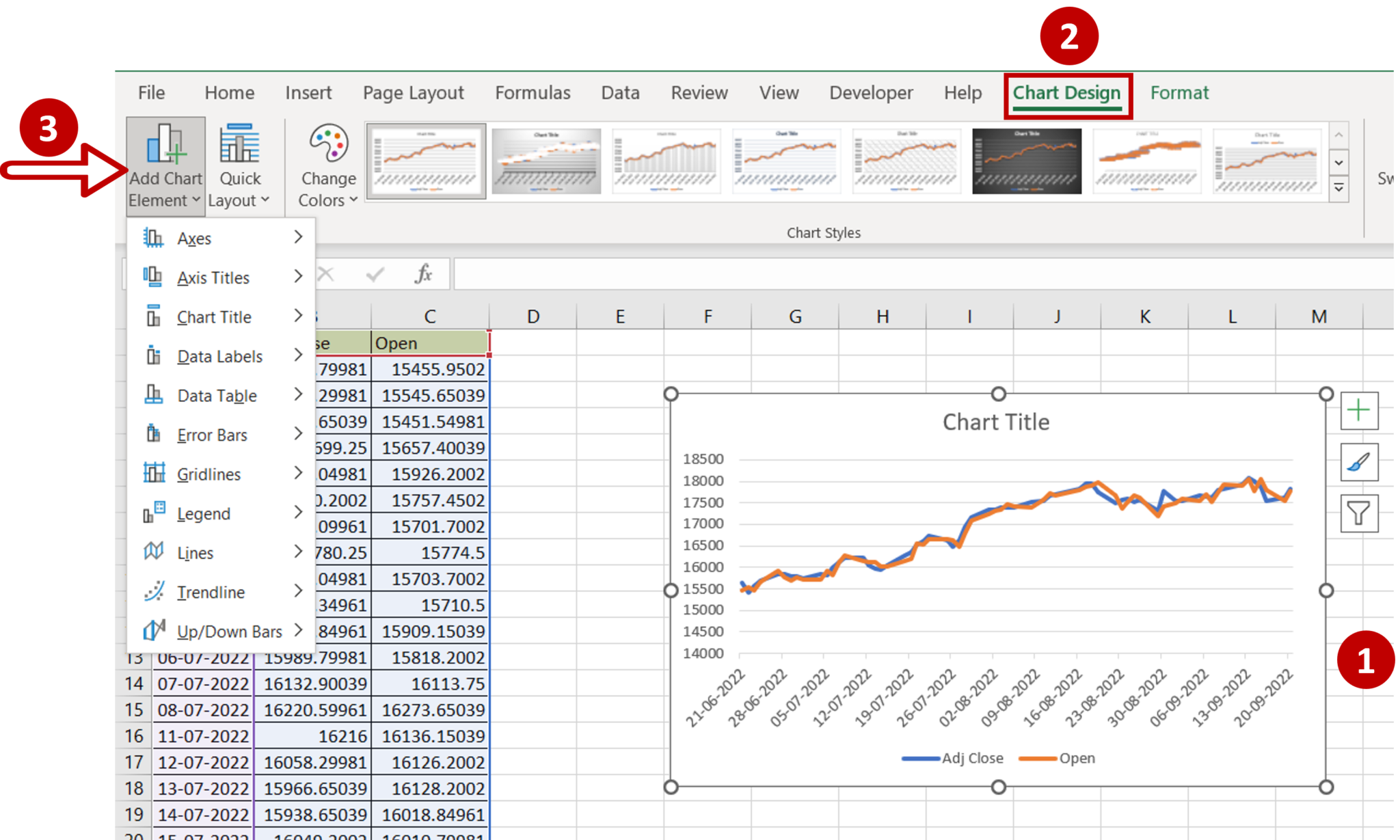

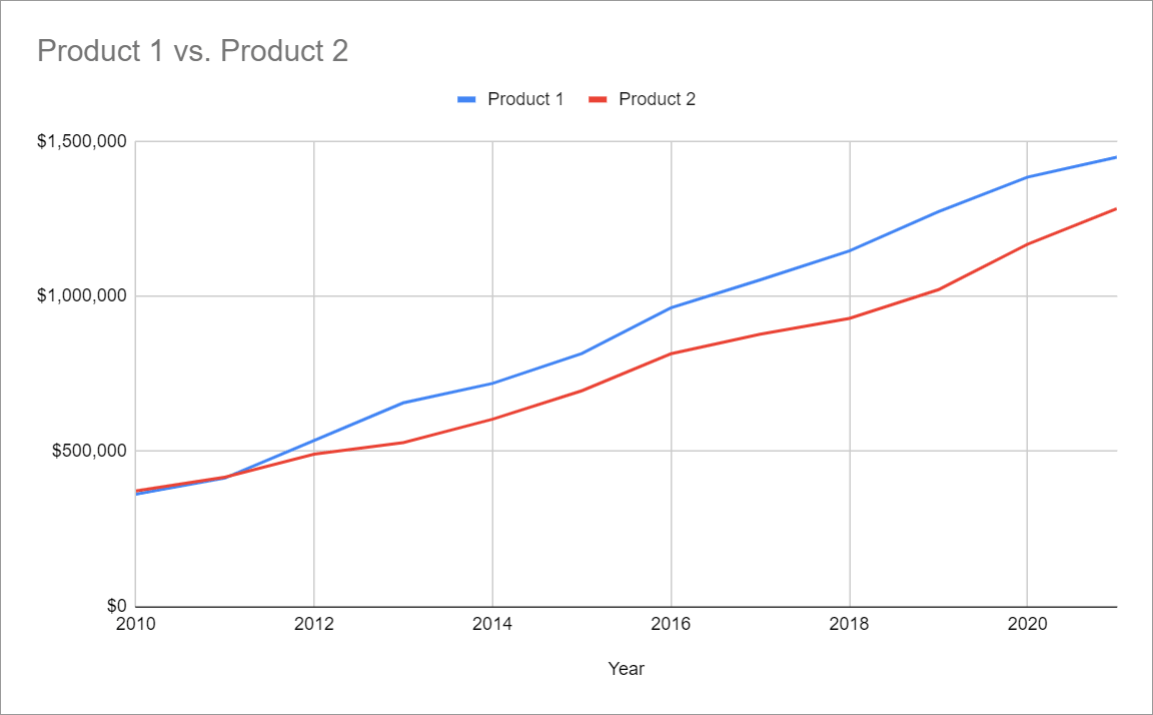




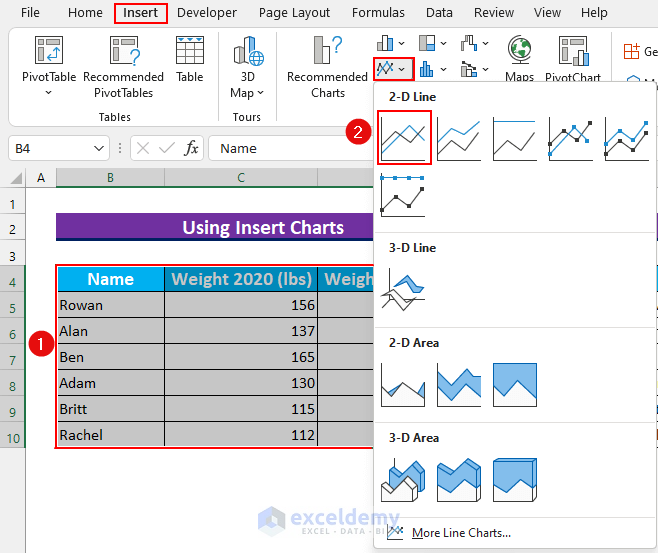
![How to Make Double Line Graph in Excel [StepByStep Guide] Office](http://officedigests.com/wp-content/uploads/2023/05/vba-double-line-graph-excel.jpg)
